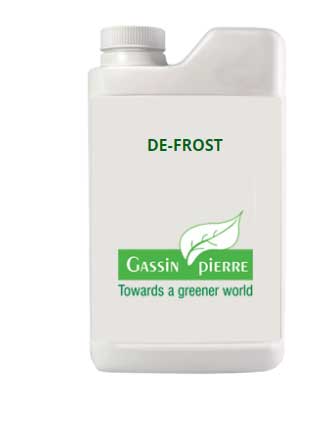
(Frost protectant)
It is a systemic material and is taken into the plant structure, acting as an "anti-freeze". De-Frost also acts as an ice formation inhibitor, reducing surface ice markings on fruit.
It enters green tissues and certain flower parts. Care must be taken when applying De-Frost please consult the label.
There is a direct and inverse correlation between the speed of plant growth (related to temperature) and the duration and degree of protection provided by De-Frost. In other words faster growing plants will be protected for shorter periods of time.
De-Frost should be applied alone. Do not mix De-Frost with other chemicals unless you have tested for compatibility both in the tank and on the plant surface. Because of its ability to translocate within the plant, De-Frost should not be applied close to the application of other materials not intended to be taken into the plant. Do not apply to plants with known susceptibility to zinc toxicity. Always clean spray tank with approved tank cleaner before mixing De-Frost.

(Predator insect attractant)
It is a special formulation of dry ingredients which are proven to attract and increase the number of predator insects within the treated area. Feed provides the predator insects with a complete nutritional diet which will keep the predators in the target areas when their normal food sources dwindle.
Feed will attract and increase the population of green lacewings lady bugs, predatory mites and other beneficial insects, helping control pest problems.
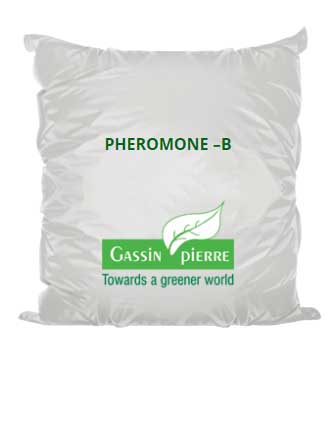
(Honey bee attractant)
Pheromone –B is a mixture of protein and energy components that are design to attract and hold honey bees, wild bees and other pollinating insects within the treated crop area. Pheromone –B does not contain any bee products. It is a wettable powder food supplement containing lactose, fats, minerals, proteins, sucrose and vitamins.
Typically, Pheromone –B treatment results in an increase from 50% to 100% in bee population and activity in the treated crop area.
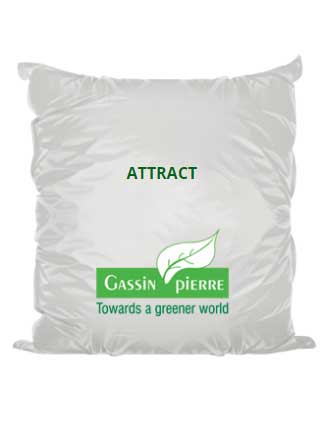
(Insect attractant)
Attractis a compound developed to enhance pest control either by enhancing the appetite of feeding insects in their early stage or by keeping them in the target area while contact sprays are applied . When it is applied in combination with biological insecticide, Attract can help these products control targeted insect populations without the hazards to humans or the environment. Attract is a water soluble powder and is easily mixed into pesticides solutions.
It is used in combination with either contact insecticides or with stomach poisons such as the naturally occurring bacterium Bacillus Thuringiensis (Bt). When used with the Bts, Attract increases the target insects' feeding acivity, resulting in increased insecticide consumption and a quicker, more complete insect in the target area during spraying.
Attract should be applied in combination with Bts during the early hatch of larvae. To assure an effective insect kill, applicators, consultants and growers should be aware of the crop's growth cycle and changes in insect status.
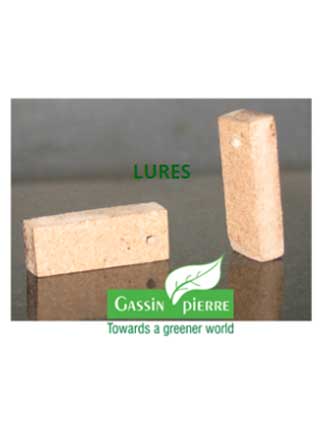
(Para pheromones)
Bactro-Lure and Dorsa-Lure are two environment-friendly products developed by Gassin Pierre to assist growers in Fruit Fly Management. The lures contain specific para-pheromones or attractive substance which the adults require to complete their development.
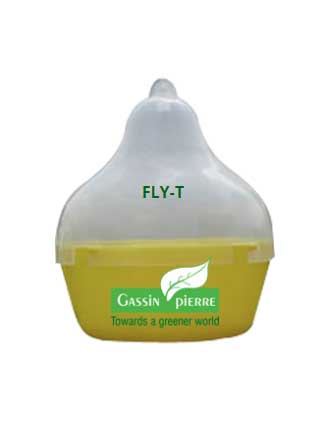
(Fruit fly trapper)
It is a Trap consisting of three parts:
A yellow-coloured base,
A translucent dome to cover the base
A slot for insertion of the lure in the dome
The trap is readied for use by filling the base with water, Bactro-Lure or Dorsa-Lure is then inserted in the slot under the dome and the dome is fitted over the base. The trap should be hung by plastic string or metallic wire about 5 feet from the ground level in the midst of crop foliage.
Adult Fruit Flies are attracted to the traps with the respective lures. After entering the trap, through the circular opening at the centre of the base, they hover inside the dome and around the lure. Trapped flies are unable to escape though the opening at the base, due to their attraction to the light entering the dome, get exhausted and drown in water contained in the base. Dead flies may be removed once a week or when water is filled with dead flies. Water in the base should also be replenished once a week.